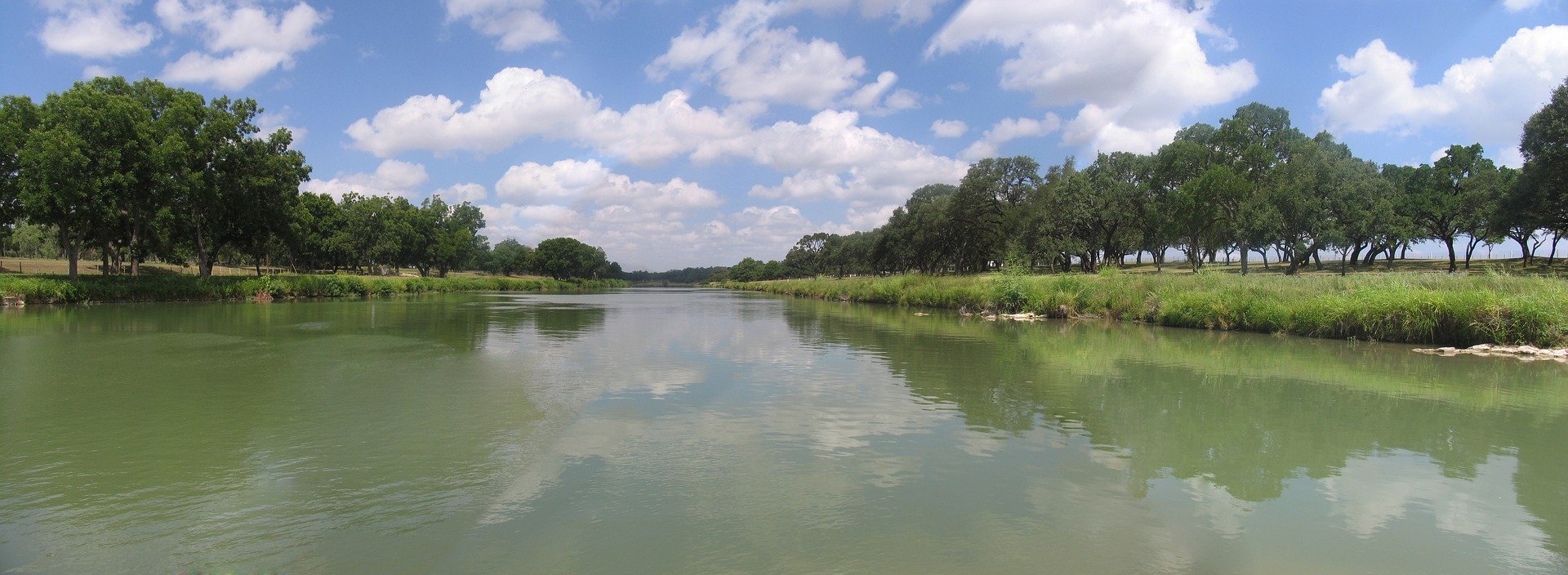It’s a different kind of spring for all of us this year. The rules of social distancing even apply to those of working in the great outdoors. Landmark Wildlife Management birders have been instructed on safe practices during this year’s spring surveys and many of our clients in a demographic more vulnerable to COVID-19 have asked we do their bird surveys without them this year. Please know we really miss spending time with y’all. The opportunity to walk your property and share in the thrill of spotting (or hearing) a native songbird is a privilege of this job and we look forward to the next time we’re together. In the meantime, we’ve come up with some social distancing-appropriate wildlife-focused ideas for all of us. What pandemic projects have you been up to? Let us know!
Fire ant treatments. We’d all like to be socially distant from fire ants year-round. These non-native invertebrates have deleterious effects on songbirds, small mammals, invertebrate species, and nearly all ground-nesting wildlife. Now is one of the better times of the year to do fire ant treatments on your property. You can probably see those rapidly growing mounds right now.
Resource: Texas A&M Agrilife Extension’s “Managing Red Imported Fire Ants in Wildlife Areas”
Turkey time in Texas. Not all social distancing projects need to require work. Watching the turkeys doing their strutting and dancing right now is one of our favorite “activities.” Hunters (and non-hunters) can work on turkey calling now, too. Fewer people nearby to hear your practice sessions. And when a turkey call works there are few bigger thrills.
Resource: National Wild Turkey Federation’s “Wild Turkey Sounds”
Enjoy the wildflowers. The bluebonnets are still popping but as they begin to wind down, new fields of Texas flora are revving up. Firewheels are getting ready to explode. Get out and enjoy one of the great joys of Texas but be mindful of snakes, because they’re waking up and in the mood!
Resource: Landmark’s Ssssspring has Ssssprung: ‘Tis the Season for Snake Safety
Cowbird trapping. Brown-headed cowbird a nest parasites with artificially high populations that greatly reduce nesting success of native songbirds. The cowbirds lay in the nests of other birds, abandoning their young to foster parents, usually at the expense of at least some of the host’s own chicks. For you crafty types with resources on hand (or if you promise to wear a mask to Home Depot and keep your distance), you can build a cowbird trap at home.
Resource: Texas Parks & Wildlife Department’s “Cowbird Trapping Program”
Keep mason bees. At the start of last month we wrote about keeping mason bees, described as “gentle and amazing pollinators.” An at-home mason bee project may suddenly sound more interesting in these self-quarantine, social-distancing times. If you missed it in early March, we’re re-upping it now.
Resource: Landmark’s “All the Buzz: Keeping Mason Bees in Texas”









